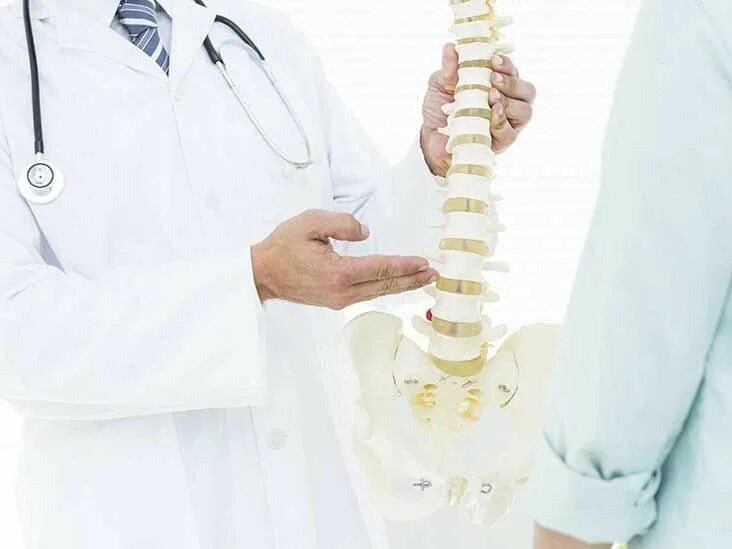Understanding Levoscoliosis: Causes & Symptoms
Levoscoliosis is a specific type of scoliosis where the spine curves to the left side of the body. This condition can range from mild to severe, and early detection is essential for effective treatment. In many cases, patients who suspect they may have levoscoliosis seek advice from the top spine specialist in Commack for accurate diagnosis and personalized care.
What is Levoscoliosis?
Levoscoliosis refers to a lateral (sideways) curvature of the spine that veers to the left. It can affect different regions of the spine, including the thoracic (mid-back) or lumbar (lower back) areas. Unlike regular scoliosis, the leftward curvature can sometimes be linked to underlying health concerns that need further investigation
Causes of Levoscoliosis
While the exact cause can vary from person to person, several factors may contribute to the development of levoscoliosis:
- Congenital Spine Abnormalities
Some individuals are born with spinal malformations that cause curvature as they grow. - Neuromuscular Disorders
Conditions like cerebral palsy or muscular dystrophy can affect muscle balance, leading to spinal curvature. - Spinal Injuries or Trauma
Previous accidents or injuries can disrupt spinal alignment. - Degenerative Spine Diseases
Age-related wear and tear, like degenerative disc disease, may cause the spine to curve over time. - Unknown Causes (Idiopathic)
In many cases, especially among teenagers, the exact cause remains unknown.
Common Symptoms of Levoscoliosis
Levoscoliosis symptoms can differ depending on the severity and location of the curve. Common signs include:
- Uneven shoulders or hips
- Noticeable curvature in the back
- Back pain or stiffness
- Limited range of motion
- Fatigue from prolonged sitting or standing
- In severe cases, breathing difficulties due to rib cage compression
If you notice these symptoms, it’s important to seek evaluation from the top spine specialist in Commack for early intervention.
When to See a Specialist
You should schedule a consultation if you experience persistent back pain, visible curvature, or if routine posture checks reveal asymmetry. Early treatment can prevent further progression and reduce discomfort
Diagnosis and Treatment Options
A spine specialist will typically use:
- Physical Examination – To check posture, mobility, and alignment.
- X-rays or MRI – To measure curvature and assess spinal health.
Treatment depends on severity:
- Mild Cases – May only require regular monitoring and physical therapy.
- Moderate to Severe Cases – Bracing or surgical options may be considered to correct alignment and prevent worsening.
Living with Levoscoliosis
While a levoscoliosis diagnosis can feel overwhelming, many people lead active, pain-free lives with proper treatment. Regular checkups, exercises, and following your specialist’s advice can greatly improve quality of life.
Final Thoughts
Understanding levoscoliosis causes and symptoms is the first step toward better spine health. If you suspect any signs of this condition, consult the top spine specialist in Commack to get the right diagnosis and treatment plan. Your spine plays a vital role in your overall well-being—taking care of it is a lifelong investment.
